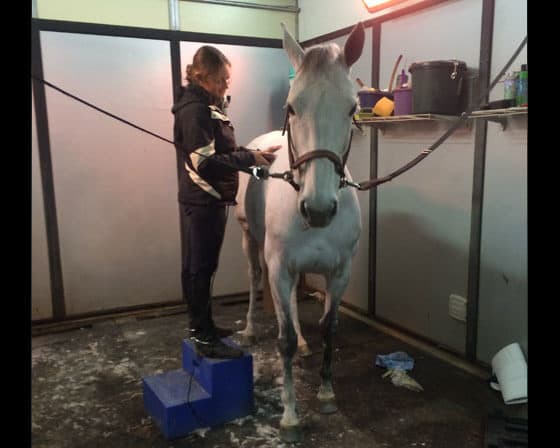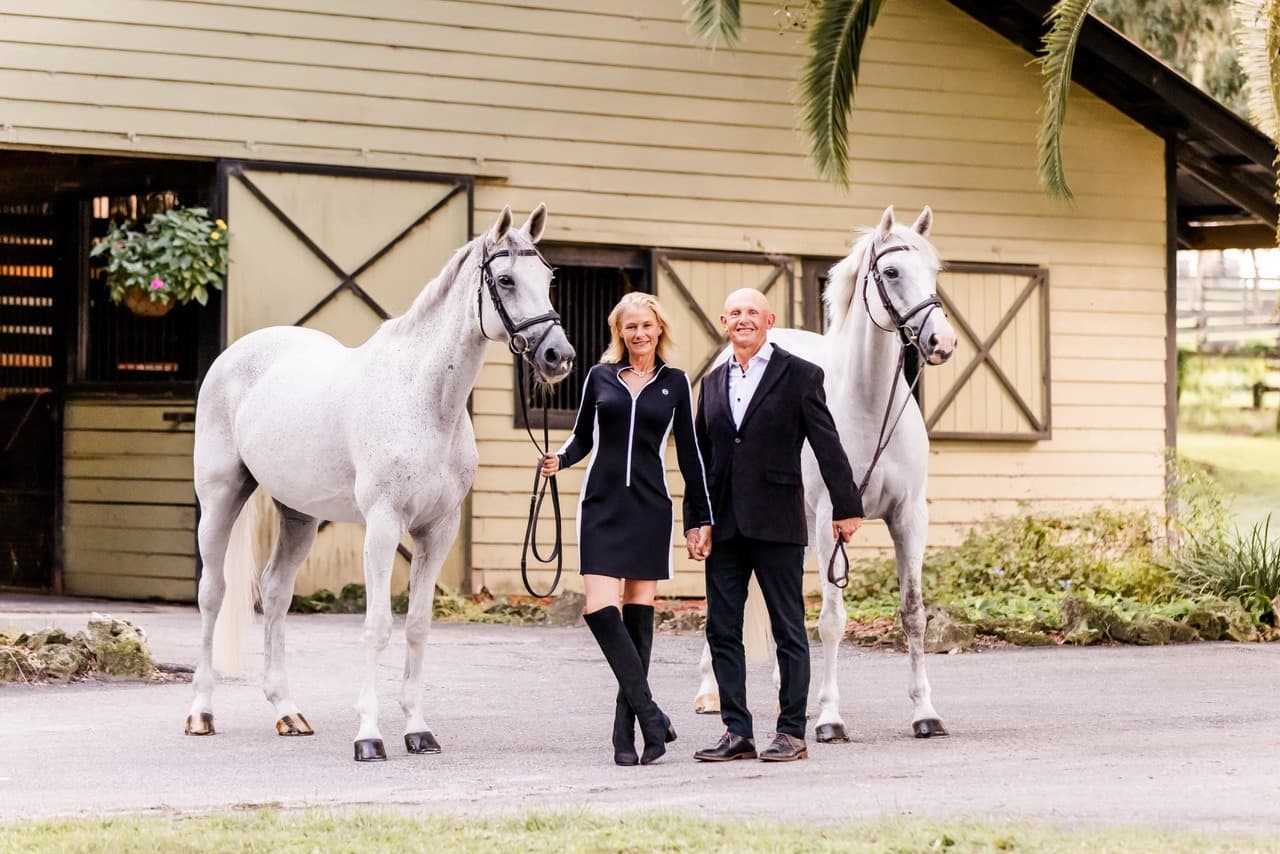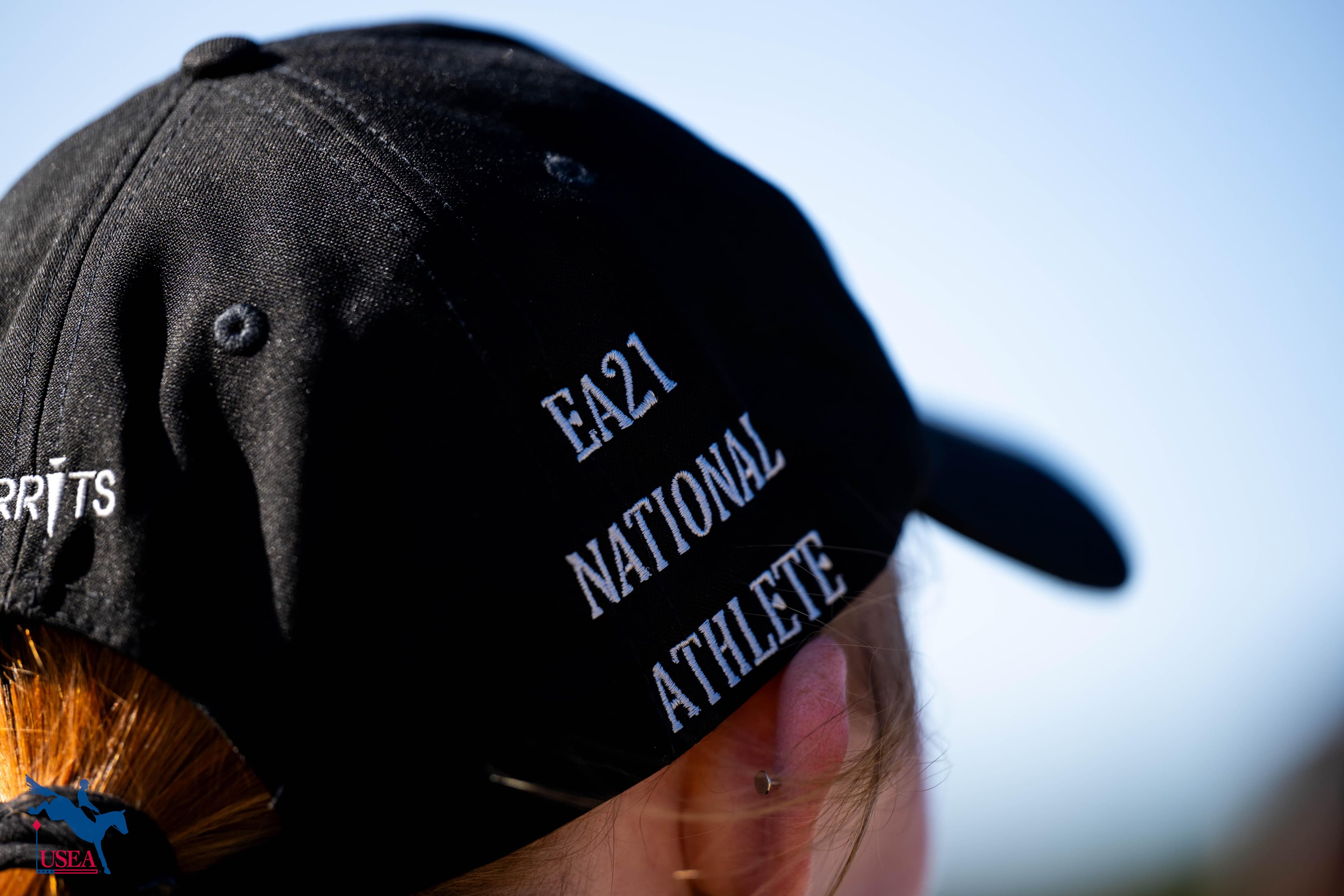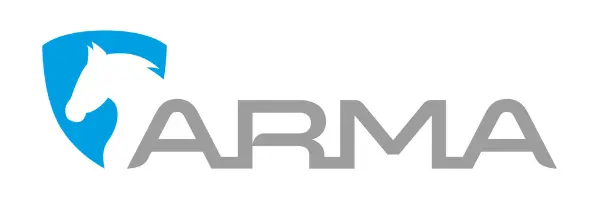Tips and Tricks of the Trade: Clipping

Tips and Tricks of the Trade is a new article series being provided through a partnership between Athletux and the USEA.
It’s getting to be that season again! As the days get shorter the coats inevitably get longer and thicker. Some of you will be breaking out those clippers very soon (maybe a few of you already have), especially if you and your horse are headed to a fall three day event. Here are a few key tips that can make the difference between an O.K. clip job and great clip job.
First off, you should start with a VERY clean horse! Before you even turn on the clippers, your horse should be squeaky clean, meaning no dirt in the coat from root to tip. Using a good curry when shampooing will help lift and remove dirt from stubborn places, especially the top of the haunches and the back, which are usually the most overlooked parts! My favorite shampoo to use is the Bardsley Horse Wash combined with a bit of the Bardsley Emollient Conditioner to get the coat clean and smooth. A clean coat means less of those pesky lines!
You should also make sure you have clean, sharp clipper blades. Not only does this give you a cleaner clip, it will also help your clippers last longer and will prevent them from heating up as fast. Having one or two back-up blades is a good idea, too, just in case you run into trouble with your first set. There is nothing more annoying than not being able to finish a clip because of a blade! When you do start to clip, keep an eye on the blade temperature. The hotter the blades, the unhappier the horse. I will usually stop every 15 minutes or so to brush the blades out and apply coolant and oil.
Think about what part of the body you are clipping and adjust the size of your clippers accordingly. Using very small clippers on the barrel, neck and haunches will take you ages, and your horse may not have the patience for that. Using bigger body clippers will make the process go much quicker. However, using those big body clippers on the legs might not be the easiest to maneuver or give you the best clip. Smaller clippers will allow you to navigate the tricky spots of lower leg and there will be less vibration, making it much more comfortable for your horse.
If you happen to opt for the trace clip this season, it’s often helpful to clip the lines in first. Then all you have to worry about is clipping what’s left. The type of clip you give your horse should depend on the amount of work they will be doing this coming fall and winter. If they are going to be working and sweating all winter you may want to opt for a full body clip. But if they are only in mild work or rehabbing a trace clip will keep them a bit warmer, and hopefully not so terribly wild!
Remember if you make a mistake, it’s not the end of the world . . . hair will always grow back!
Happy Clipping!

Maddie Hogan is a working student for Allison Springer Eventing. Pictured Right. Jill Thomas Photo.














